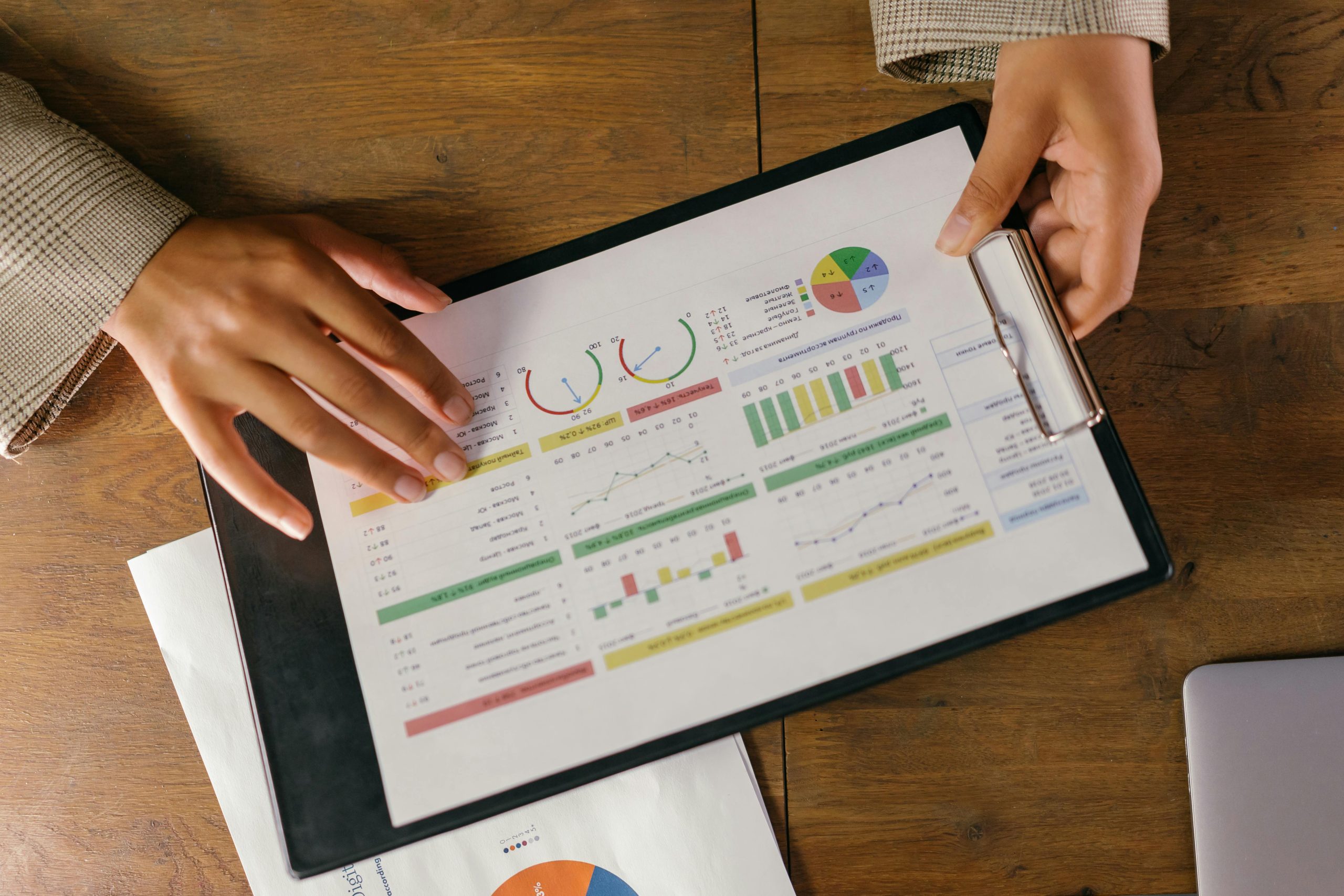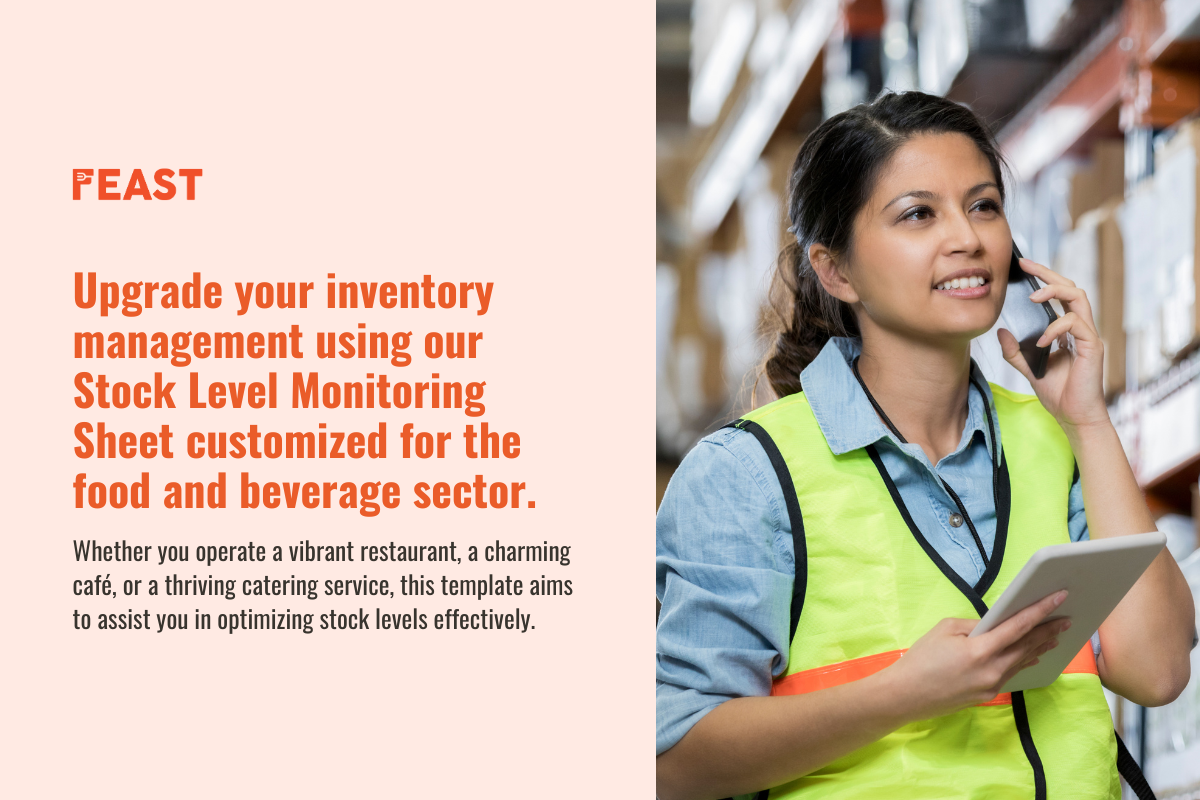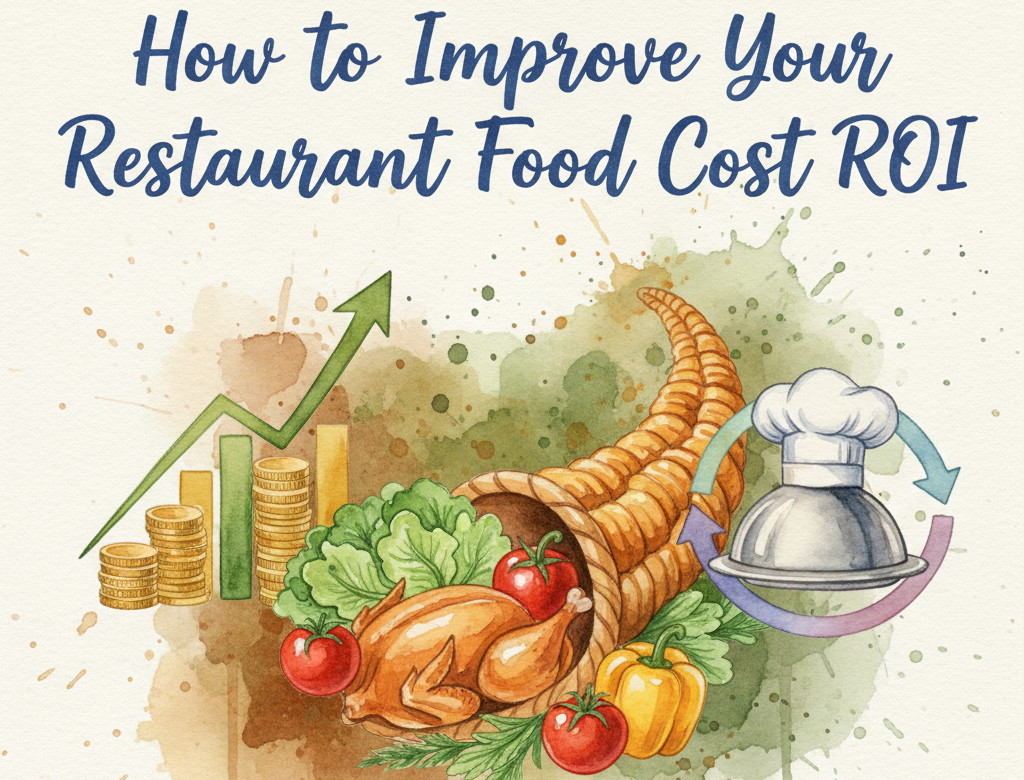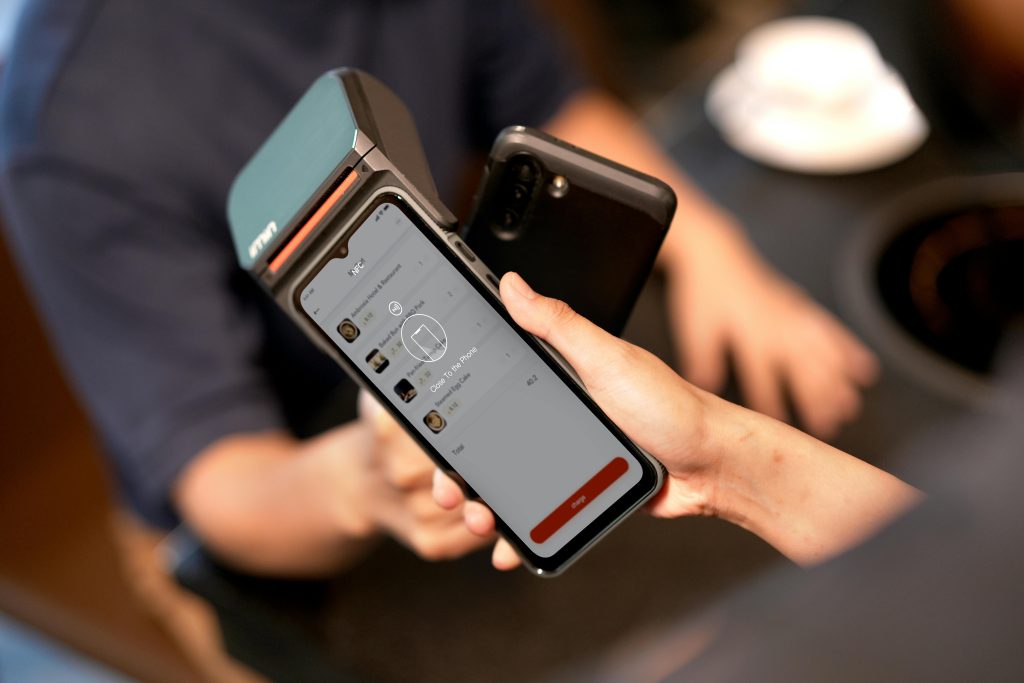If you manage multiple restaurants, you know how challenging it can be to keep everything running smoothly. You need a clear way to measure success beyond just looking at daily sales. That’s where KPIs (Key Performance Indicators) come in. These numbers help you understand what’s working and what’s not, so you can make smart decisions.
In this blog, we’ll break down the most important KPIs you should track across all your locations. These numbers will help you spot trends, cut unnecessary costs, and boost profits.
What Are KPIs and Why Should You Track Them?
KPIs are measurable values that show how well your business is performing. They help you track progress toward your goals. Without them, you’re just guessing.
For multi-outlet restaurants, tracking KPIs is even more important. You can’t be everywhere at once, so these numbers give you a clear picture of each location’s performance. They help you compare different outlets, identify problems early, and make changes before small issues become big losses.
According to a study by the National Restaurant Association, restaurants that track KPIs regularly see 15-20% better profit margins than those that don’t. That’s a big difference when you’re managing multiple locations.
The Most Important KPIs for Multi-Outlet Restaurants
1. Gross Sales Per Square Foot
This KPI tells you how efficiently you’re using your space. It measures how much money you make for every square foot of your restaurant.
To calculate it, divide your total sales by the total square footage of your restaurant. For example, if your outlet makes RM 500,000 in a year and is 2,000 square feet, your gross sales per square foot would be RM 250.
A higher number means you’re using your space well. If this number is low, you might need to rethink your layout, menu pricing, or even the location itself.
2. Gross Sales Per Rent RM
Rent is one of your biggest expenses. This KPI helps you see if your sales justify the cost of your space.
Divide your total sales by your monthly rent. If your restaurant makes RM 100,000 a month and your rent is RM 20,000, your gross sales per rent is RM 5.
Industry experts suggest that a good ratio is 8 or higher. If your number is below that, you might be paying too much for rent compared to what you’re earning.
3. Cash Burn Rate
This KPI shows how fast you’re spending money before making a profit. It’s especially important for new locations or during slow seasons.
To find your cash burn rate, subtract your monthly expenses from your monthly revenue. If you spend RM 80,000 but only make RM 70,000, your burn rate is RM 10,000 per month.
A high burn rate means you’re losing money quickly. You’ll need to either increase sales or cut costs to stay afloat.
4. Overhead Rate
Your overhead rate tells you what percentage of your sales goes toward fixed costs like rent, utilities, and salaries.
Divide your total overhead costs by your total sales, then multiply by 100. If your overhead is RM 30,000 and your sales are RM 100,000, your overhead rate is 30%.
A healthy overhead rate for restaurants is usually between 25 and 35%. If yours is higher, you may need to renegotiate rent, reduce staff hours, or find ways to increase sales.
5. Table Turnover Rate
This KPI measures how many times you fill a table in a given period. A higher turnover rate means more customers and higher sales.
To calculate it, divide the number of customers served by the number of seats in your restaurant. If you serve 300 customers in a day and have 50 seats, your turnover rate is 6.
The average turnover rate for full-service restaurants is 2-3 times per meal period. If yours is lower, you may need to speed up service or adjust seating arrangements.
6. Food Cost Percentage
This KPI shows how much of your sales go toward food ingredients. Keeping this number under control is key to maintaining profits.
Divide your total food cost by your total food sales, then multiply by 100. If you spend RM 20,000 on ingredients and make RM 50,000 in food sales, your food cost percentage is 40%.
Most restaurants aim for a food cost percentage between 28% to 35%. If yours is higher, you may need to adjust portion sizes, find cheaper suppliers, or raise menu prices.
7. Customer Retention Rate
This KPI tells you how many customers come back. Loyal customers spend more and bring in new business through word of mouth.
To calculate it, subtract the number of new customers from the total number of customers in a period, then divide by the number of customers at the start of the period. Multiply by 100 to get a percentage.
A good retention rate for restaurants is around 30%. You may need to improve service, food quality, or loyalty programs if yours are lower.
How to Use These KPIs Effectively
Tracking KPIs is just the first step. You need to review them regularly, weekly or monthly, to spot trends. Compare numbers across different locations to see which ones are performing well and which need help.
Use this data to make decisions. If one outlet has a low table turnover rate, consider training staff to serve customers more efficiently. If another has a high food cost percentage, look for ways to reduce waste.
Frequently Asked Questions
By tracking these KPIs, you’ll have a clearer picture of your business and make smarter decisions to keep all your locations profitable. You can use EasyEat to track important metrics like your daily sales, table turnover rate, food cost percentage, etc. Contact us now to learn more about the benefits you can expect from tracking these metrics and the additional advantages of using EasyEat.






